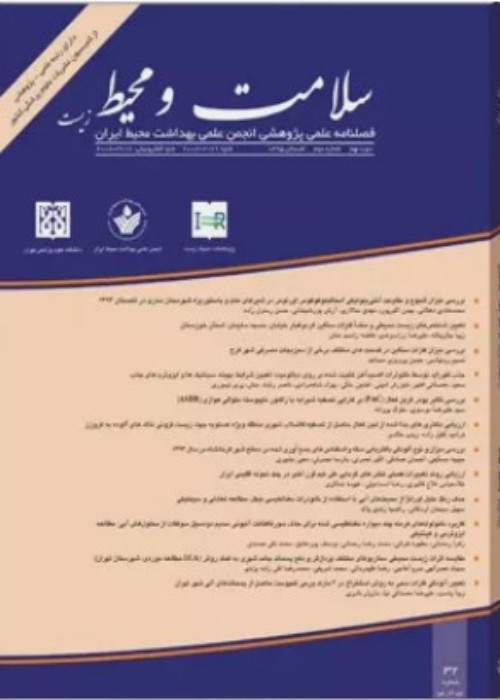Feasibility study of silica aerogel nanocomposites application to enhance acoustic properties
Noise pollution is one of the serious environmental issue. Sound control technologies based on sound absorption and sound insulation are considered as the two widely used methods. Therefore, the aim of this study was to modify silica aerogel nanocomposites to improve its acoustic properties.
This applied experimental research involved in examining eight various types of nanocomposites to evaluate their performance of acoustic properties. In this study, nanocomposites were synthesized by sol-gel method. For this purpose, TEOS and ethanol were added to SiO2 which subsequently stirred and diluted with ethanol as a precursor of silica sol. A solution of 5.5 M ammonium hydroxide is added drop-wise to the silica sol and then was stirred. The activated silica sol was quickly poured into the mold in which the samples were placed and finally placed in an oven at 150 °C for 3 hours. The acoustic properties of the samples were measured by the impedance tube and the reduction sound pressure level using a sound level meter. Each sample morphology was characterized by scanning electron microscopy.
The sound absorption properties of as prepared nanocomposite relatively increased at high frequencies. The results indicated > 0.6 sound absorption coefficient by the modified nanocopmosites at higher frequencies. The sound absorption coefficient and transmission loss of D1 nanocomposite were higher at medium and low frequencies as compared to other nanocomposites. 4.6 and 9.73 dB average reduction of sound pressure level were achieved by either with or without nanocomposite enclosure, respectively, at a distance of 1 meter.
The results of the current study showed that the simultaneous addition of organic and mineral materials to silica aerogels (especially with the highest amounts of nanoclay) improves its acoustic properties, especially at medium and low frequencies. Among the samples, D1 nanocomposite shows better acoustic properties at medium and low frequencies. The sound absorption coefficient of D1 nanocomposite at frequencies of 315, 400, 500, 1000, 1250, 2000 Hz were obtained as 0.27, 0.38, 0.51, 0.78, 0.83 and 0.84, respectively. The findings also indicated 9.37 dB reduction of sound pressure level using D1 nanocomposite.
- حق عضویت دریافتی صرف حمایت از نشریات عضو و نگهداری، تکمیل و توسعه مگیران میشود.
- پرداخت حق اشتراک و دانلود مقالات اجازه بازنشر آن در سایر رسانههای چاپی و دیجیتال را به کاربر نمیدهد.


